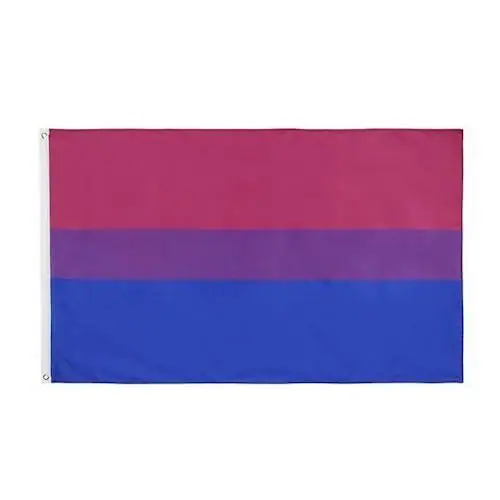While many of us are now familiar with the famous rainbow flag, there are also other LGBQT+ flags that each represent the different sex, sexuality, attraction, and gender diversities within our fabulous community.
Even if most queer people identify with the rainbow flag itself, many also desire to fly their own particular flag alongside it. Because, y’all, representation is crucial!
One such flag is the Bisexual Pride Flag – a flag you might already have seen flown at any number of pride festivals around the world, from Barcelona to Puerto Vallarta…and everywhere in between!
A bisexual person is someone who is sexually attracted to both men and women. Bisexuality may also be interpreted as a person with romantic or sexual attraction to people regardless of their sex or gender identity, how this is known more specifically as pansexuality.
Michael Page designed the bisexual pride flag in 1998 to give the bisexual community a symbol that was comparable to the gay pride rainbow flag. He aimed to increase visibility towards the bisexual community, because bi-erasure is a real thing – and is arguable just as big a problem then as it is now.
The bisexual flag has three colors. Here’s what they all mean:
- Pink represents same-gender attraction.
- Blue represents sexual attraction to the opposite gender. In the case of non-binary genders, it refers to sexual attraction to a different gender.
- Purple (the overlap between pink and blue) represents sexual attraction to two or more genders.




